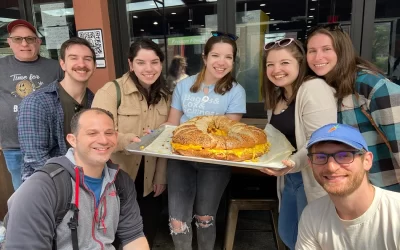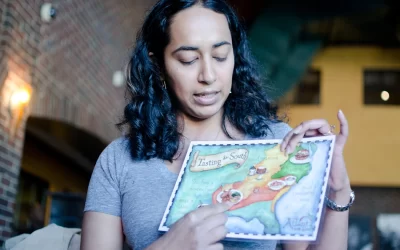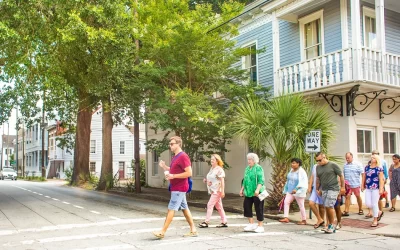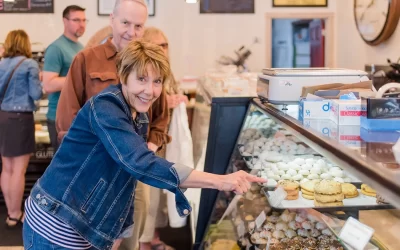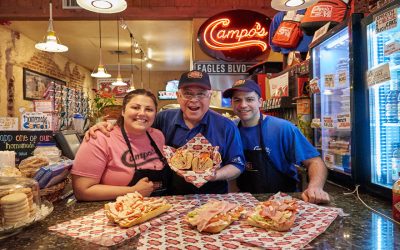Culinary Delights from Wisconsin A buzz-worthy food and beverage scene awaits tour groups in Wisconsin Were you one of the millions of viewers who watched last year’s12 Wisconsin episodes of Bravo network’s “Top Chef” series? Explore the February issue and subscribe...
Featured in Food & Beverage
Missouri’s Wine Country
Augusta offers group travel planners a budget-friendly wine experience steeped in 19th-century history. With a dense collection of vineyards and a revived charm courtesy of the Hoffman Family, this town provides an enriching alternative to pricier wine destinations, complete with group-friendly activities and scenic attractions.
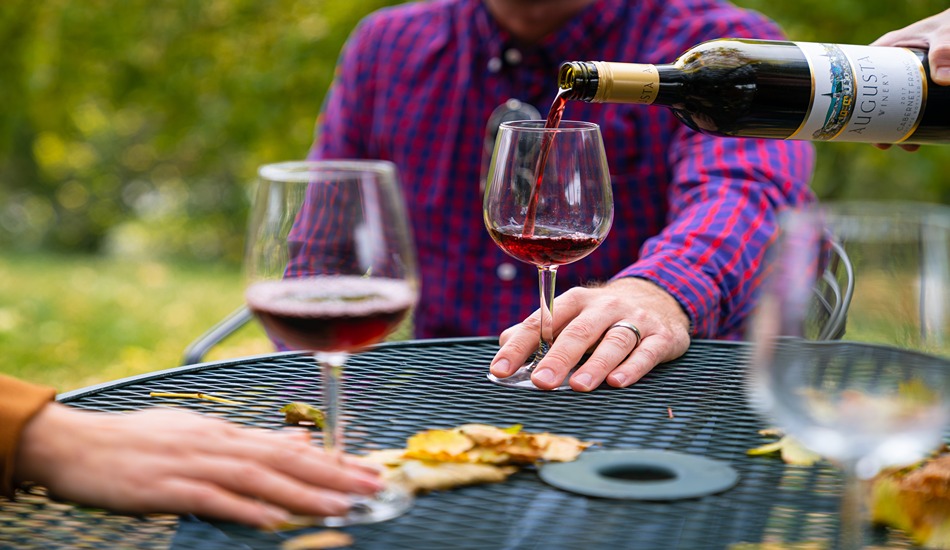
Culinary Options for Group Travel
For the group travel planner with a palate for exquisite flavors, this collection is your culinary compass. From local delicacies to renowned drink destinations, our handpicked selection serves up rich gastronomic adventures tailored for group experiences. Delve into our detailed reviews and insights, and spice up your next group itinerary with delectable stops that will tantalize and enthrall.
A Culinary Journey Through Atlantic City
Discover the Diverse Flavors of Atlantic City Atlantic City, known for its iconic boardwalk and bustling casinos, has quietly become a hidden gem in the world of food. For those who know where to look, it is a vibrant tapestry of diverse cuisine, an epicenter of...
2025 Faces of Food Tourism
In our Faces of Food Tourism feature, Leisure Group Travel sits down with six influential figures in the culinary world
Unexpected Atlanta: Interview with Akila McConnell, Founder and Owner
Blending Culinary Delights with Atlanta’s Rich History Can you share a bit about your background and what inspired you to start your food tour company? Was there a specific moment or experience that sparked your journey in the tourism and culinary industry? I am a...
Savannah Taste Experience: Interview with Stu Card, Co-Founder & Chief Operating Officer
From Trial Attorney to Culinary Ambassador Can you share a bit about your background and what inspired you to start your food tour company? Was there a specific moment or experience that sparked your journey in the tourism and culinary industry? I first came to...
Milwaukee Food & City Tours: Interview with Theresa Nemetz, Owner
Bringing Communities and Travelers Together Can you share a bit about your background and what inspired you to start your food tour company? Was there a specific moment or experience that sparked your journey in the tourism and culinary industry? I was a...
Cheesesteaks and Other Classic Eats in Philadelphia
South Philly’s Italian Market and downtown’s Reading Terminal Market are good places to savor the flavors of a city that loves to chow down. Bring your appetite.
Explore Windsor’s Rich History and Modern Charms
This beautiful city has a story to tell Windsor, Canada lies just across the river from Detroit, providing an easy place for a weekend excursion for travelers. Discover the modern charm of one of Canada’s most historic cities. Bring your sense of adventure. Download...
Traverse City: Must-See Attractions and Hidden Gems
From lighthouses and dunes to cold beer and fine wines, Traverse City is a group travel hotspot tucked into the northwest corner of Michigan Traverse City is a dream destination for group travelers. Its thriving agri-tourism culture boasts award-winning wineries,...



